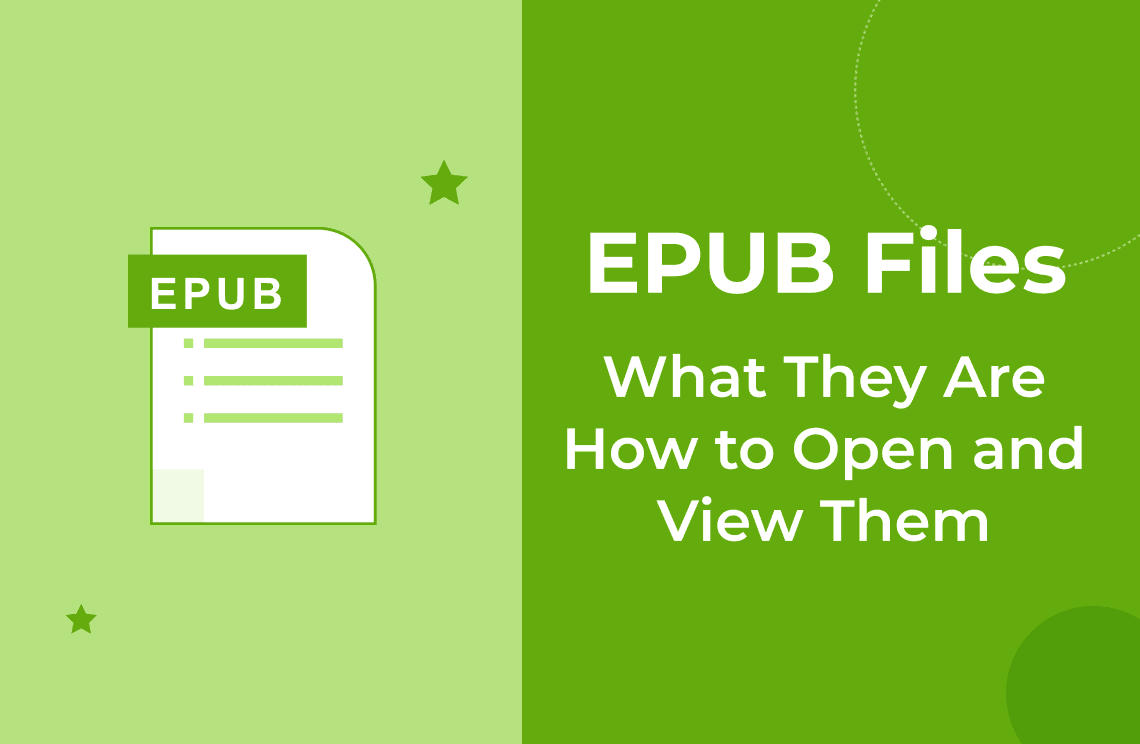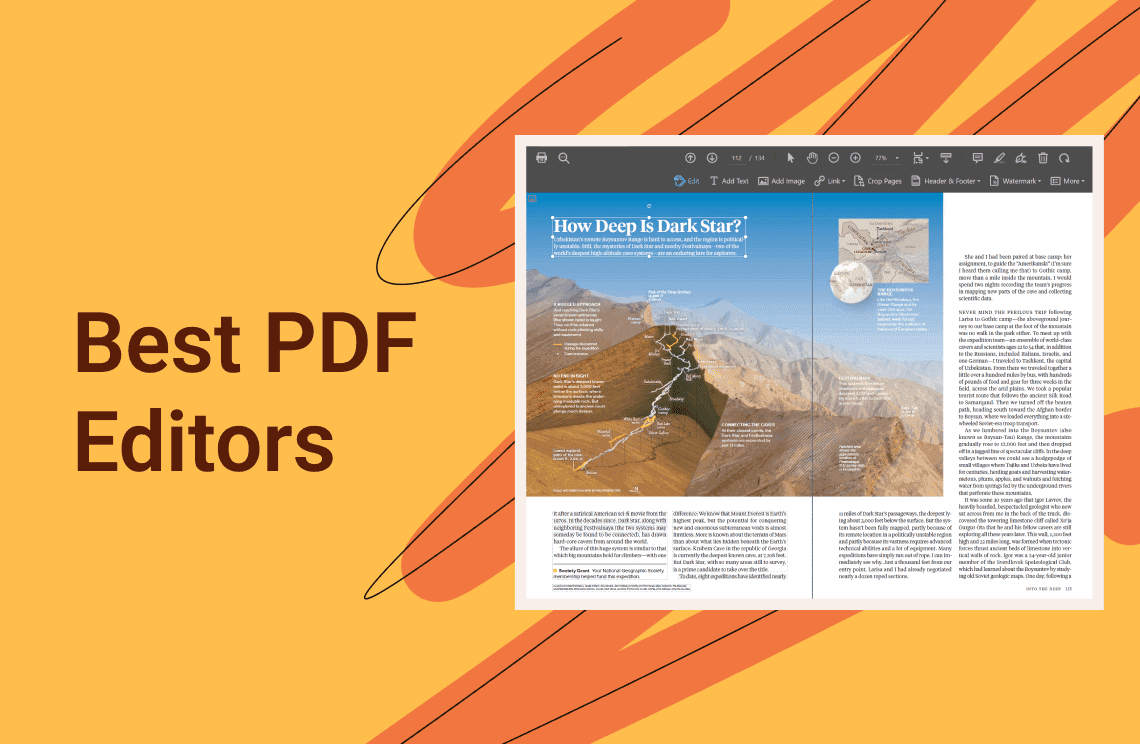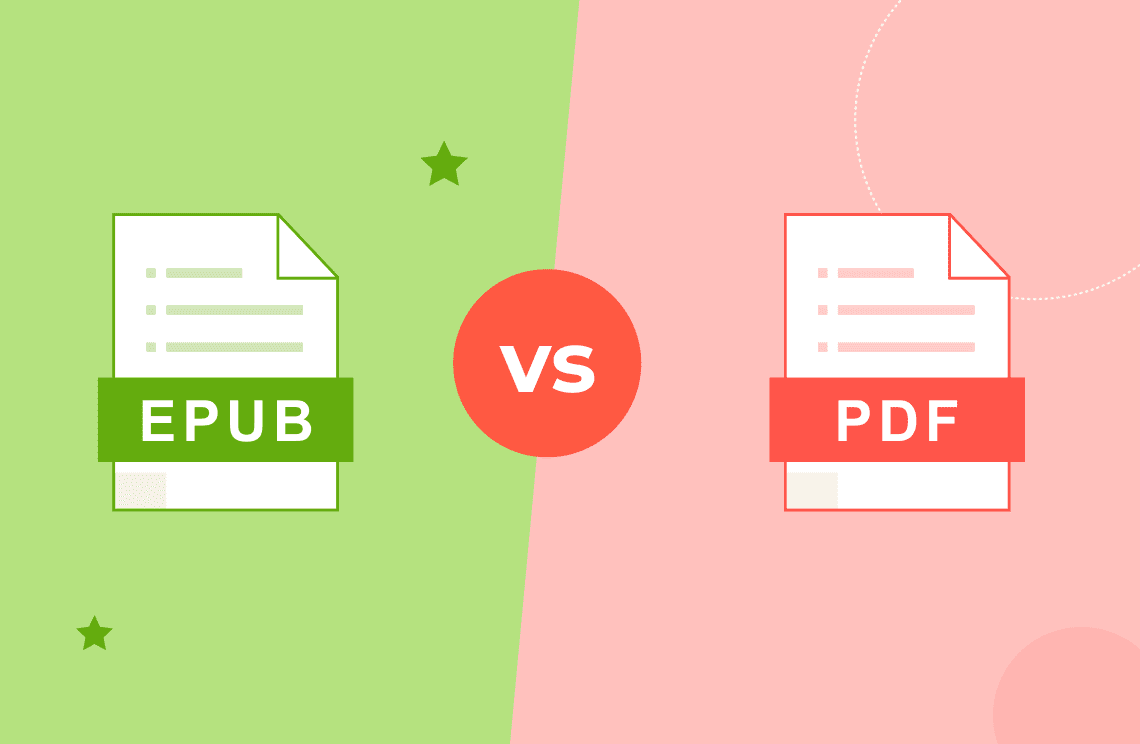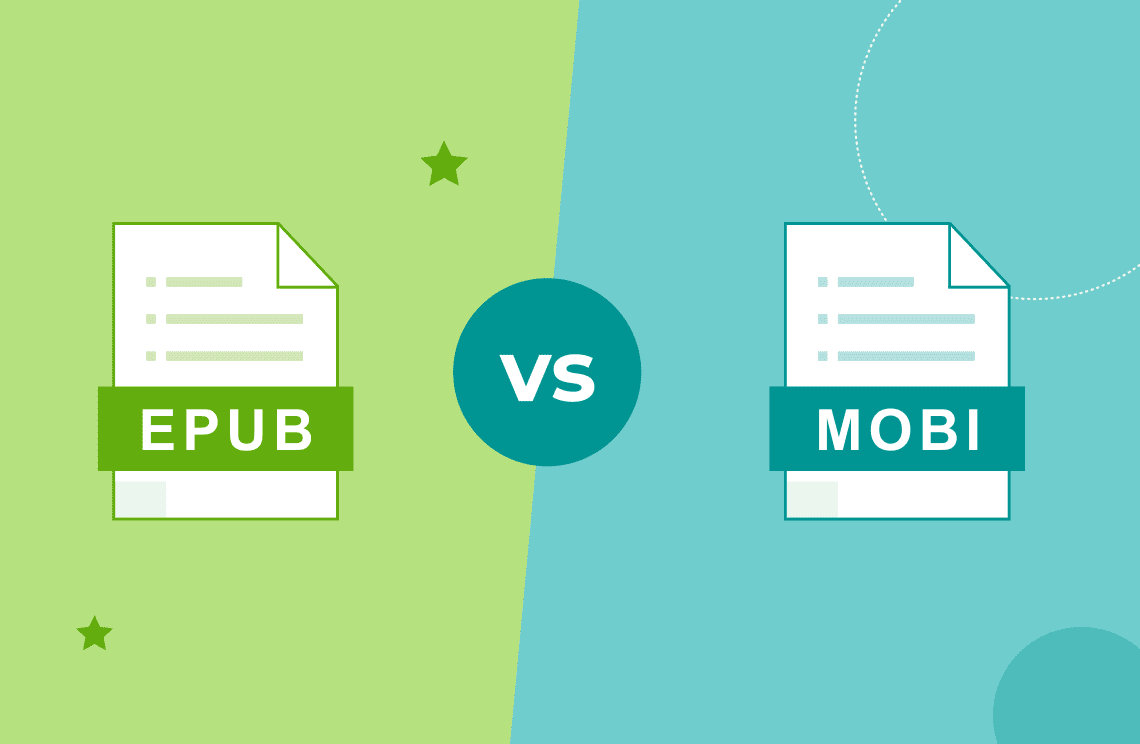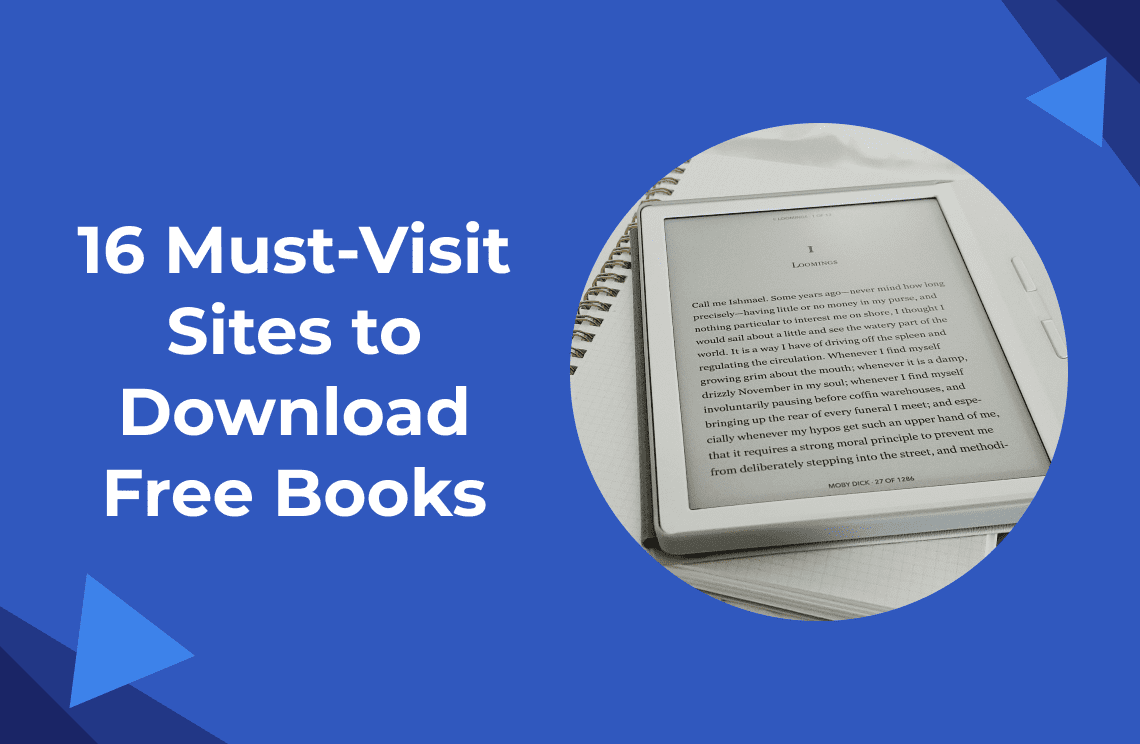The digital age has revolutionized the way we consume content, and reading is no exception. With the proliferation of smartphones, tablets, and dedicated e-readers, digital reading formats have become increasingly popular. These formats offer a convenient and portable way to access books, magazines, and other forms of written content.
Some of the most common digital reading formats include:
- PDF: Portable Document Format is a widely used format that preserves the original layout of the document, making it ideal for technical manuals, academic papers, and documents that require precise formatting.
- MOBI: Mobile Readable is a format primarily used by Amazon Kindle devices, offering features like adjustable font sizes, text-to-speech, and integration with Amazon's ecosystem.
- EPUB: Electronic Publication is a flexible and open-source format that adapts to different screen sizes and resolutions, making it ideal for reading on a variety of devices.
EPUB files, in particular, have gained significant popularity due to their versatility and compatibility. They are designed to ensure that content can be read seamlessly across different devices and platforms, from smartphones to dedicated e-readers.
What is an EPUB File?
EPUB, which stands for Electronic Publication, is an open-source ebook format designed to ensure that content can be read across various devices and platforms. Unlike other formats like PDF, EPUB files are reflowable, meaning they can adapt to different screen sizes and resolutions, making them ideal for reading on smartphones, tablets, and dedicated e-readers.
EPUB files are structured using XML, which allows for the organization of content into different elements such as metadata (author, title, publisher), body text, and layout information. This structure ensures that the content is displayed consistently across different devices.
Compared to other ebook formats, EPUB offers several advantages. PDFs, for example, are often fixed-layout, meaning the content is designed for a specific page size and cannot be easily adjusted to different screen sizes. MOBI, another popular format, is primarily used by Amazon Kindle devices and may have limitations in terms of compatibility with other platforms.
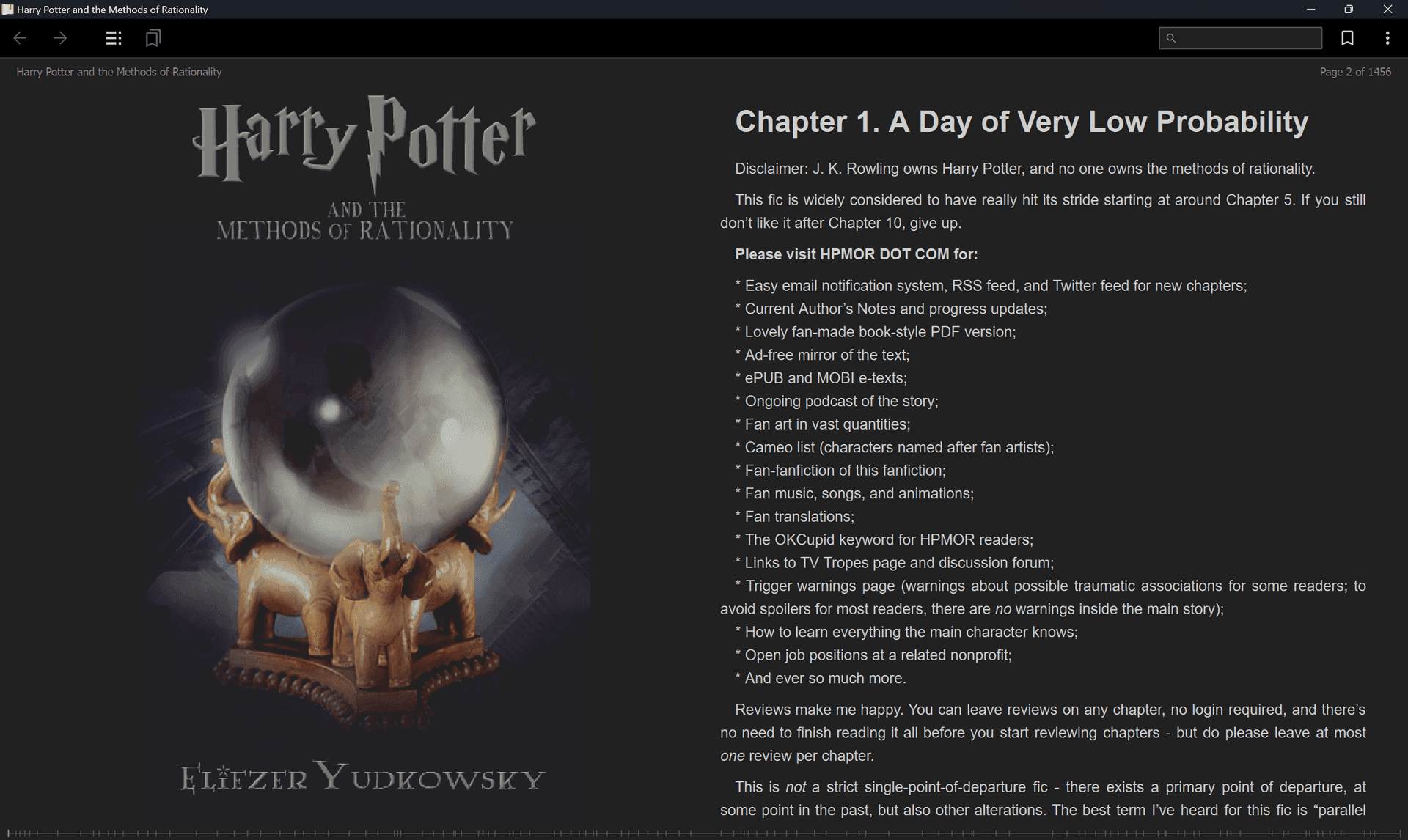
History of the EPUB Files
The EPUB format was developed by the International Digital Publishing Forum (IDPF) in 2007. It was designed to create a standardized format for digital publications, ensuring that content could be easily shared and consumed across different devices and platforms. Over the years, EPUB has gained widespread adoption and has become the preferred format for many publishers and readers.
How to Open and View EPUB Files
There are several ways to open and view EPUB files, depending on your device and preferences. Here are some of the most common methods:
Desktop Applications:
- Adobe Digital Editions: A popular choice for managing and reading EPUB files, Adobe Digital Editions offers features like DRM protection, syncing across devices, and integration with Adobe's cloud services.
- Calibre: A versatile ebook management tool that can handle multiple formats, including EPUB. Calibre allows you to convert EPUB files to other formats, organize your library, and even download ebooks from online sources.
- Dedicated e-reader software: For users who prefer a more dedicated e-reader experience, there are several options available, such as FBReader, Cool Reader, and PDF Agile. These applications often offer features like customizable themes, text-to-speech, and dictionary integration.
Mobile Apps:
- Apple Books: For iOS devices, Apple Books is a built-in application that can handle EPUB files. It offers features like iCloud syncing, audiobook integration, and personalized recommendations.
- Google Play Books: Android users can use Google Play Books to read EPUB files. It provides similar features to Apple Books, including cloud syncing and audiobook support.
- Dedicated e-reader apps: There are also numerous dedicated e-reader apps available for both iOS and Android, such as Kindle, Nook, and Kobo. These apps often offer additional features specific to their respective e-reader devices.
Web-based Readers:
- Online tools and browser extensions: For a quick and easy way to read EPUB files online, there are several web-based tools and browser extensions available. One popular option is MagicScroll, which allows you to upload EPUB files and read them directly in your web browser.
Tips for Reading EPUB Files
To enhance your reading experience with EPUB files, consider the following tips:
- Adjust font size, style, and background: Most EPUB readers allow you to customize the appearance of the text, including font size, style, and background color. Experiment with different settings to find what works best for you.
- Navigate through the book: EPUB files often include a table of contents and bookmarks to help you navigate easily. Use these features to jump to specific sections or save your place in the book.
- Manage your EPUB library: If you have a large collection of EPUB files, consider using an ebook management tool like Calibre to organize and categorize them.
- Convert EPUB to other formats: If you need to read an EPUB file on a device that doesn't support the format, you can use a conversion tool to convert it to another format, such as PDF or MOBI.
FAQ about the EPUB files
What does EPUB stand for?
EPUB stands for Electronic Publication.
Can I edit an EPUB file?
While you can't directly edit the content of an EPUB file, you can use tools like Calibre to convert it to a different format that can be edited.
How do I transfer EPUB files to my e-reader?
The process for transferring EPUB files to your e-reader will vary depending on the device. Consult your e-reader's manual for specific instructions.
How do I find EPUB files?
Many online bookstores and libraries offer EPUB files for purchase or download. Additionally, there are numerous websites that provide free EPUB books.
Can I convert EPUB files to other formats?
Yes, you can use tools like Calibre to convert EPUB files to other formats, such as PDF or MOBI.
What are the differences between EPUB and PDF?
EPUB files are reflowable and designed for reading on multiple devices, while PDF files are fixed-layout and often used for preserving the original formatting of documents.
Read Also: EPUB vs. PDF: What Are the Differences?
What are the differences between EPUB and MOBI?
EPUB is more versatile and widely supported, while MOBI is primarily associated with Kindle devices. EPUB is generally more flexible in terms of layout and design.
Read Also: EPUB vs. MOBI: What Are the Differences?
How do I protect my EPUB files from unauthorized distribution?
If you are an author or publisher, you can use digital rights management (DRM) to protect your EPUB files.
Final Words
EPUB files offer a versatile and convenient way to read ebooks across a variety of devices. By understanding the basics of EPUB format and exploring the different options for reading and managing these files, you can enhance your digital reading experience.

